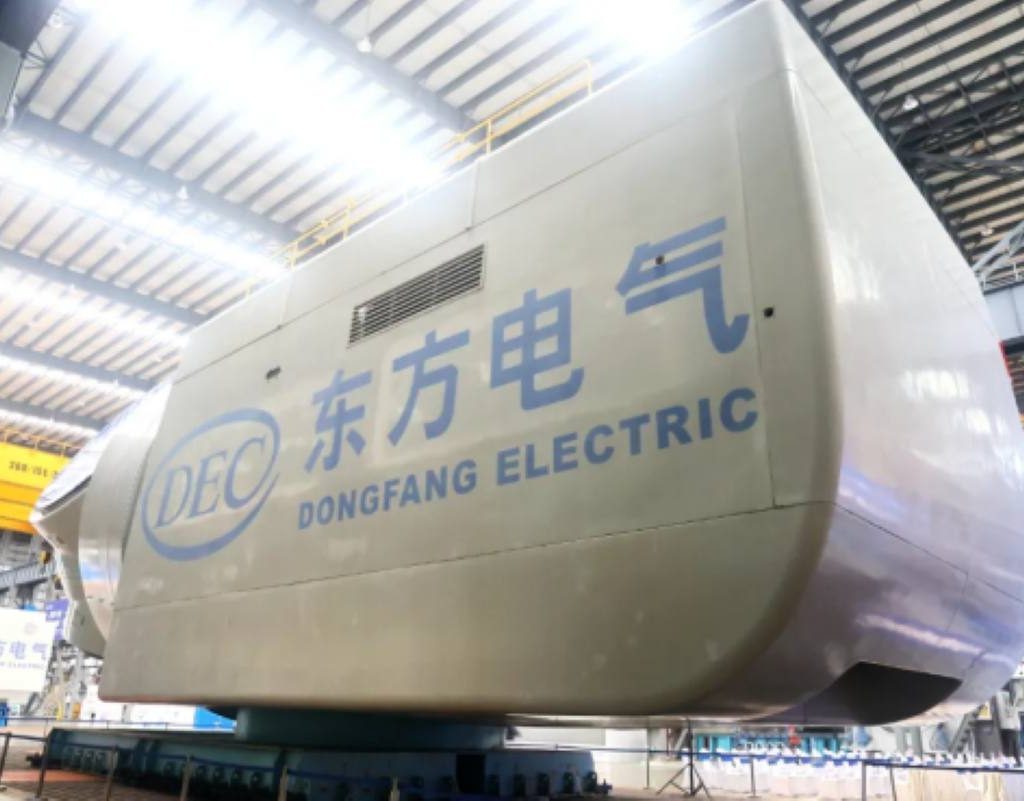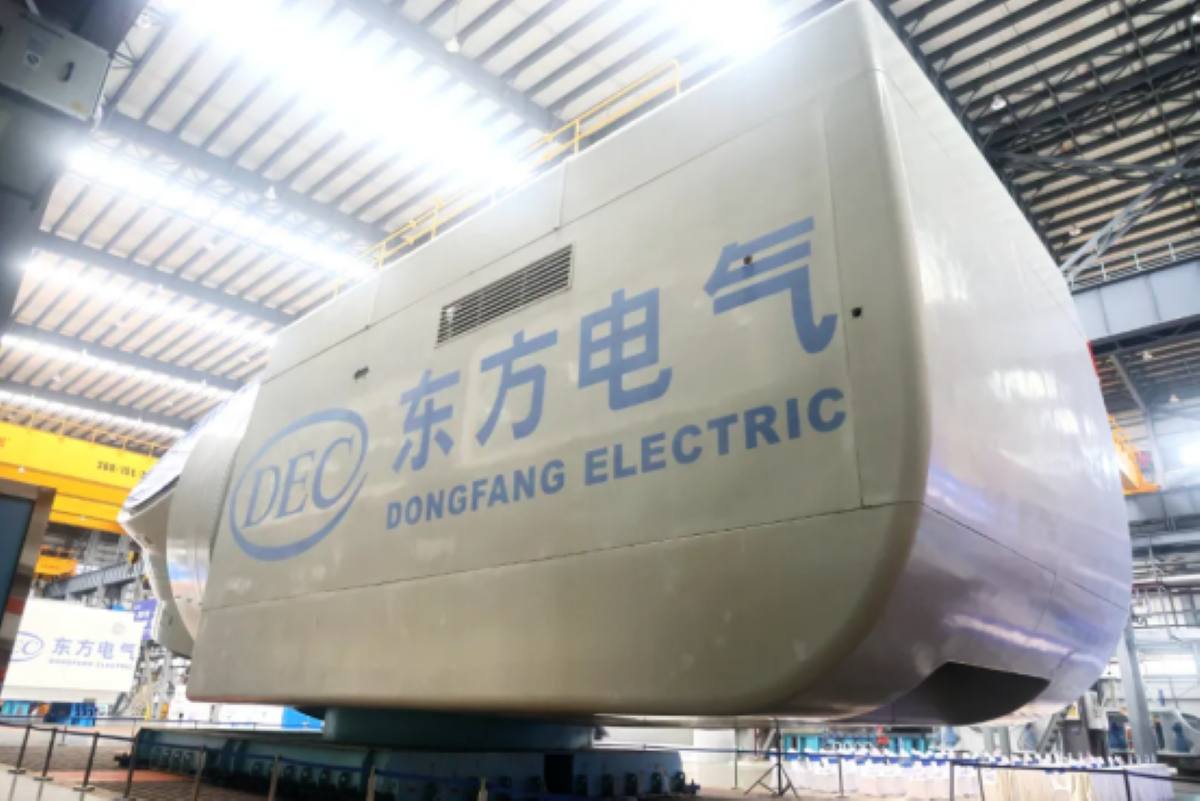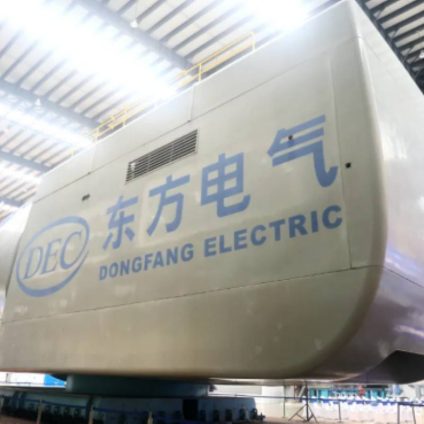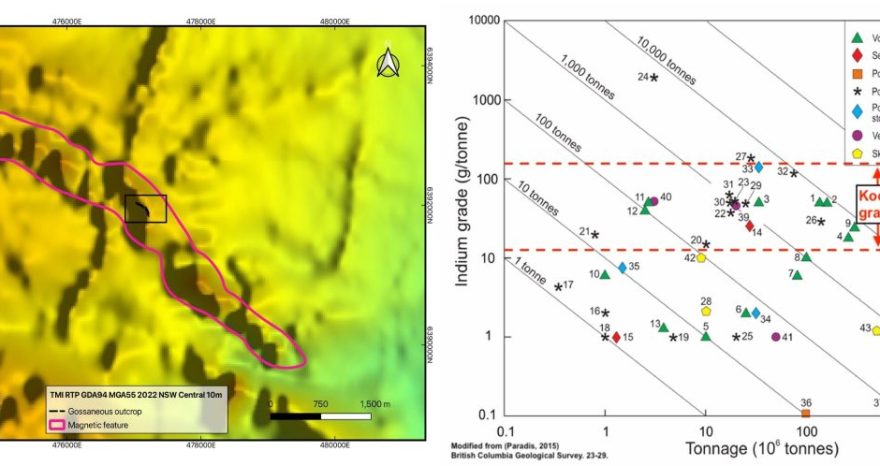With 17 megawatts of capacity and a 262-meter rotor, China's new floating wind turbine is the most powerful in the world

China unveils 17MW floating wind turbine, breaking world records for power and size
The world’s most powerful floating wind turbine has been unveiled in China, setting a new global benchmark for capacity and rotor diameter. With 17 megawatts of rated output and a massive 262-meter rotor, the floating wind turbine developed by China Huaneng Group and Dongfang Electric Corporation represents a major technological milestone for the offshore wind sector.
The prototype rolled off the production line on July 10 in Fuqing, located in the Fujian province. The rotor sweeps an area of about 53,000 square meters, equivalent to 7.5 soccer fields, and is designed to withstand wave heights exceeding 24 meters and wind speeds up to 220 km/h. These features make it ideal for deep-sea deployment, beyond depths of 50 meters.
The turbine is expected to generate 68 million kWh of clean electricity per year, enough to power approximately 40,000 homes. The project uses only domestically manufactured components, including the blades, generator, and large-diameter main shaft bearings.
The development team has also introduced advanced coupled simulation technologies between the rotor and floating structure, improving energy output even under significant platform tilt. Its declared operational availability exceeds 99%, a benchmark of excellence in the floating offshore segment.
Offshore wind drives China’s shift toward deep-sea energy
This 17MW floating wind turbine is the symbol of China’s rapid technological leap in offshore wind, driven by its carbon neutrality goals and energy security strategies. According to the Global Energy Monitor, in the first half of 2025 alone, China installed over 4.4 GW of new offshore wind capacity—matching its entire offshore additions for 2024.
Forecasts suggest an additional 9 GW will come online by the end of the year, accounting for more than half of all new global offshore installations. Another 22 GW is already under construction and expected to be operational post-2025.
Offshore wind currently accounts for 9% of China’s total wind capacity, but that share is rapidly increasing. The provinces of Jiangsu and Guangdong are leading the charge, with 12.6 GW and 11.4 GW of installed capacity respectively.
Government support is a major driver of this growth. Central authorities are backing the sector with direct subsidies, strategic planning, and market mechanisms. In a recent high-level economic meeting, President Xi Jinping highlighted offshore wind as a cornerstone of a “high-quality marine economy,” along with energy security and job creation in coastal regions.
China leads the global race in offshore wind innovation
With its new 17MW floating wind turbine, China is also solidifying its dominance in advanced equipment manufacturing for the offshore wind sector. Earlier in 2024, Dongfang Electric had already introduced the world’s largest fixed-bottom offshore wind turbine, also in Fuqing.
In parallel, the country hosts the world’s largest wind project: the Gansu Wind Farm, under development by more than 20 companies.
According to GEM, China is currently building 510 GW of new utility-scale solar and wind capacity, a 57% increase compared to the previous year. The combined capacity of ongoing and planned projects has already reached 1,300 GW, more than Japan’s total annual electricity consumption.
State-owned giants like China Three Gorges, and turbine manufacturers such as Goldwind, Mingyang, and Envision, dominate the market. Together, they are making offshore wind one of the most competitive renewable energy sources in the country.













